Countries That Are No Longer Democracies
For those who live in a democratic state, it’s easy to lose sight of this privileged status, where citizens can cast a ballot to vote leaders in or out of power.
But for much of the world, the prospect of living in a full democracy is merely a fantasy. Worse, many people in the world who once lived under democratic institutions have seen their governments trend in more authoritarian directions. While some of these countries still hold elections, they’re increasingly viewed as illegitimate.
Turkey
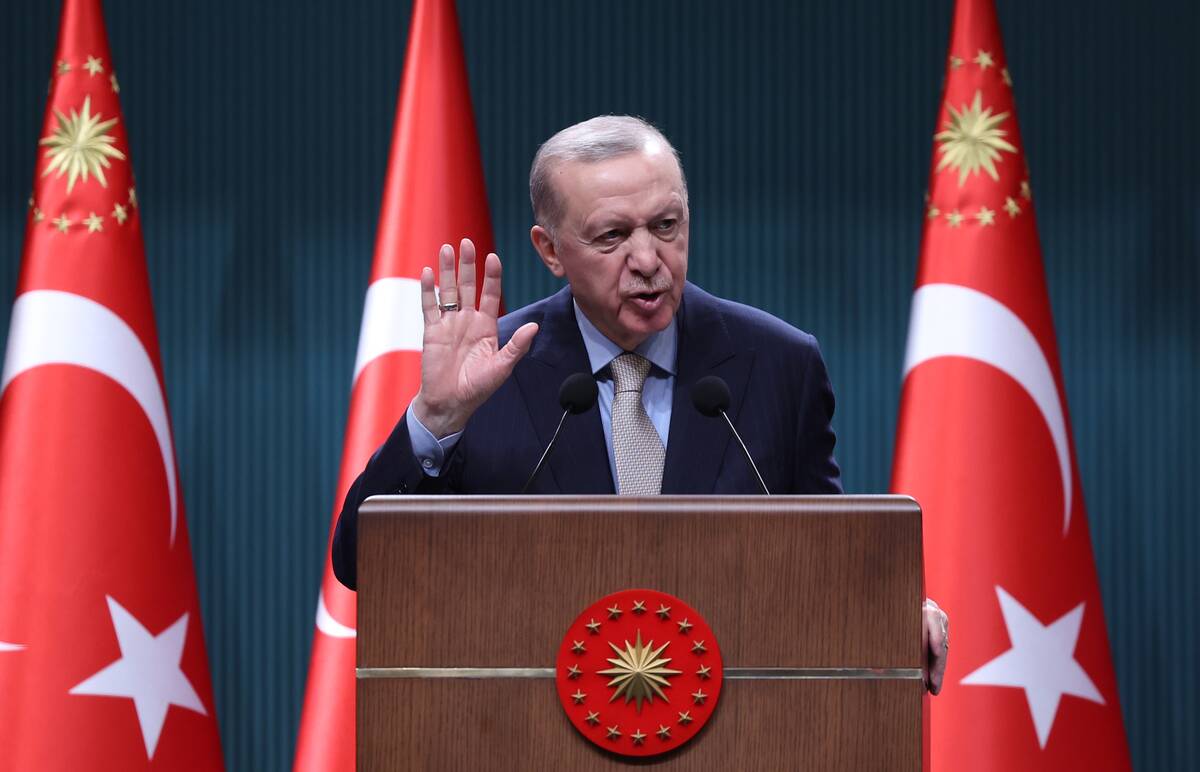
Turkey enjoyed its status as a multi-party democracy for large parts of the 20th century, intermingled with various military interventions. The leadership of Recep Tayyip Erdoğan in the early 2000s strengthened Turkey’s status as a democracy.
But after a failed coup attempt in 2016, Erdoğan used emergency powers to crack down on his political opponents and members of the media. The following year, Turkey’s parliamentary system was replaced with an executive presidency.
Hungary
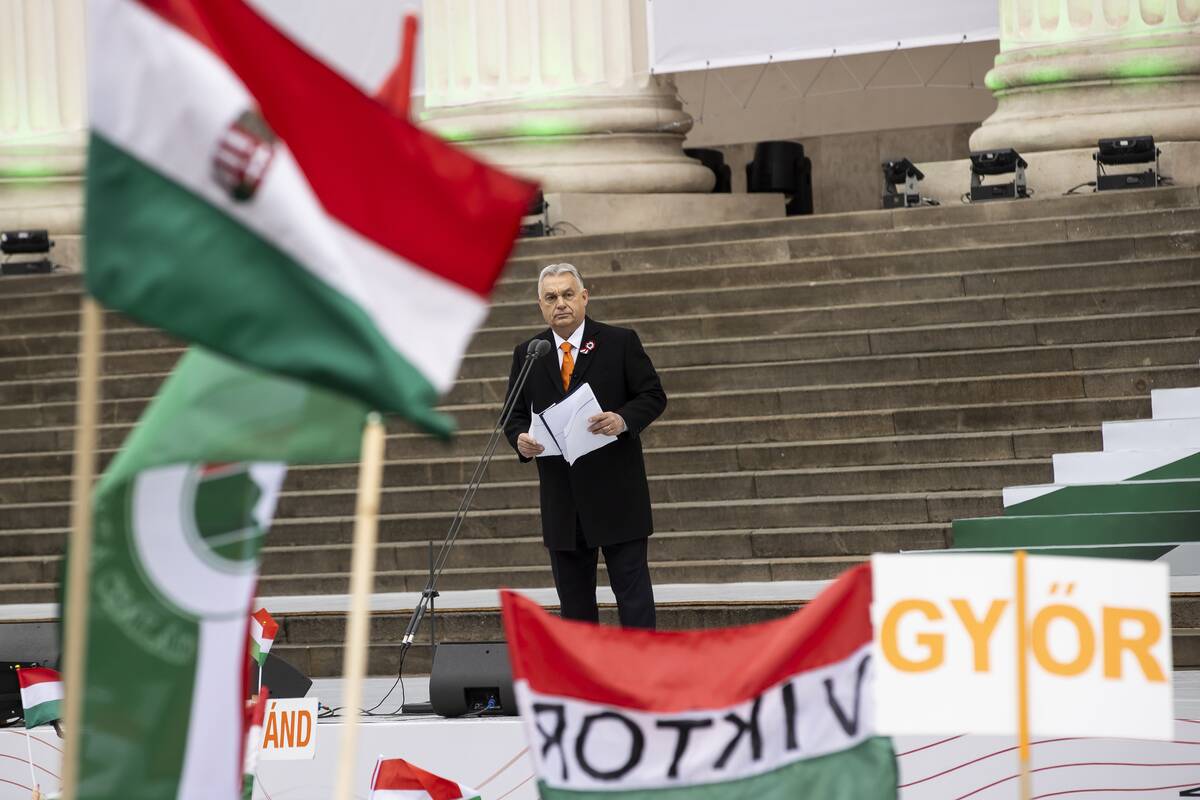
Like Russia, Hungary became a democracy following the fall of the Soviet Union, and had positive democratic energy through the 1990s, even joining the European Union in 2004.
Ever since the rise of Viktor Orbán’s Fidesz party, though, these democratic norms have fallen away. Orbán has worked to centralize his power, weaken judicial independence, and reduce tthe freedom of the press.
Venezuela

For almost the entirety of the Cold War, Venezuela had a stable democracy. In 1999, socialist Hugo Chávez was elected president, and in time, he consolidated power and undermined democratic institutions.
Following his death in 2013, his successor Nicolás Maduro doubled down on these policies. By 2018, any election held in Venezuela was generally believed to be fraudulent.
Myanmar

After decades of authoritarian military rule, Myanmar briefly experienced a period of democracy following the election of Aung San Suu Kyi in 2011.
Despite this, the military still wielded significant power. In 2021, the military staged a coup, arresting Suu Kyi and other civilian leaders. Myanmar has been under harsh military rule ever since.
Nicaragua
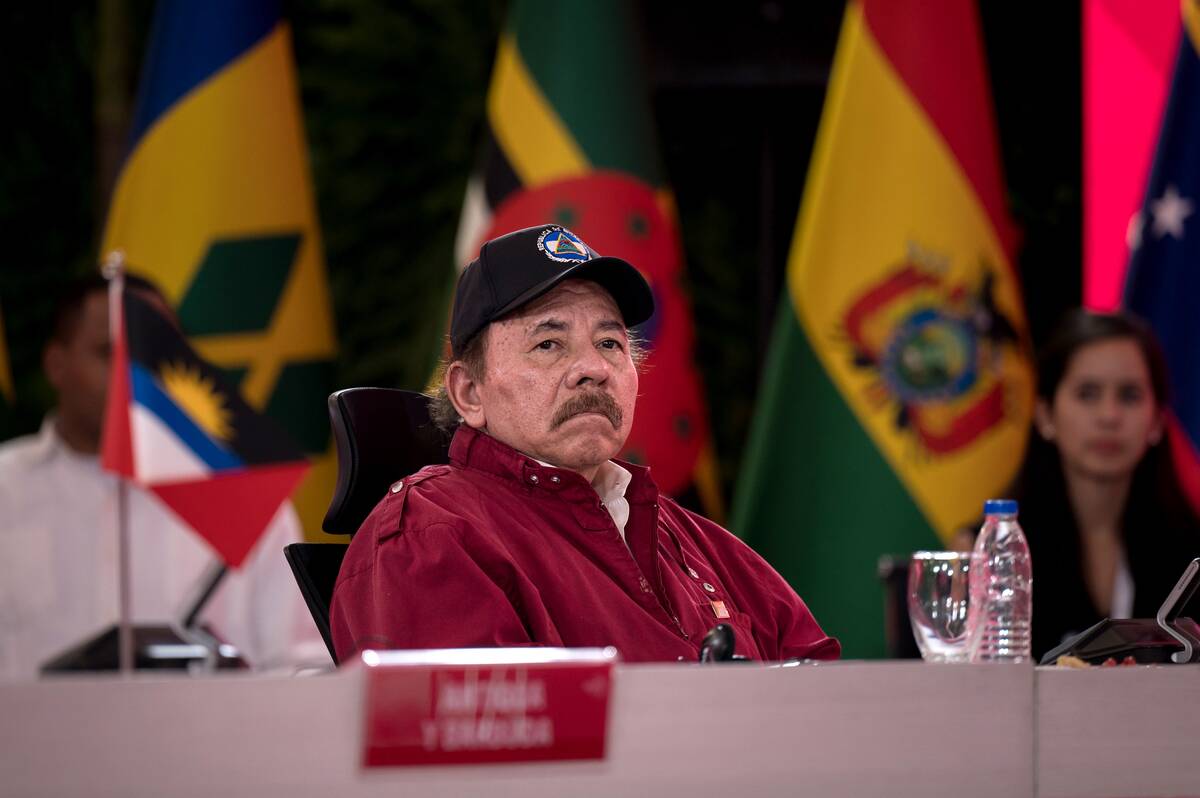
Following the Sandinista-Contra conflict in the 1990s, Nicaragua officially became a democracy. This was unfortunately short-lived, as Daniel Ortega returned to power in 2007 and systematically dismantled democratic institutions while eliminating term limits.
While Nicaragua held elections in 2021, these were widely seen as a sham, with opposition leaders being arrested before polling stations opened.
Belarus

Belarus is generally regarded as a Russian puppet state, but Belarussian democracy was briefly a reality in the aftermath of the USSR’s dissolution in 1991.
But after Alexander Lukashenko was elected president in 1994, renewing ties with Russia and consolidating power, Belarus is once again under authoritarian rule.
Thailand
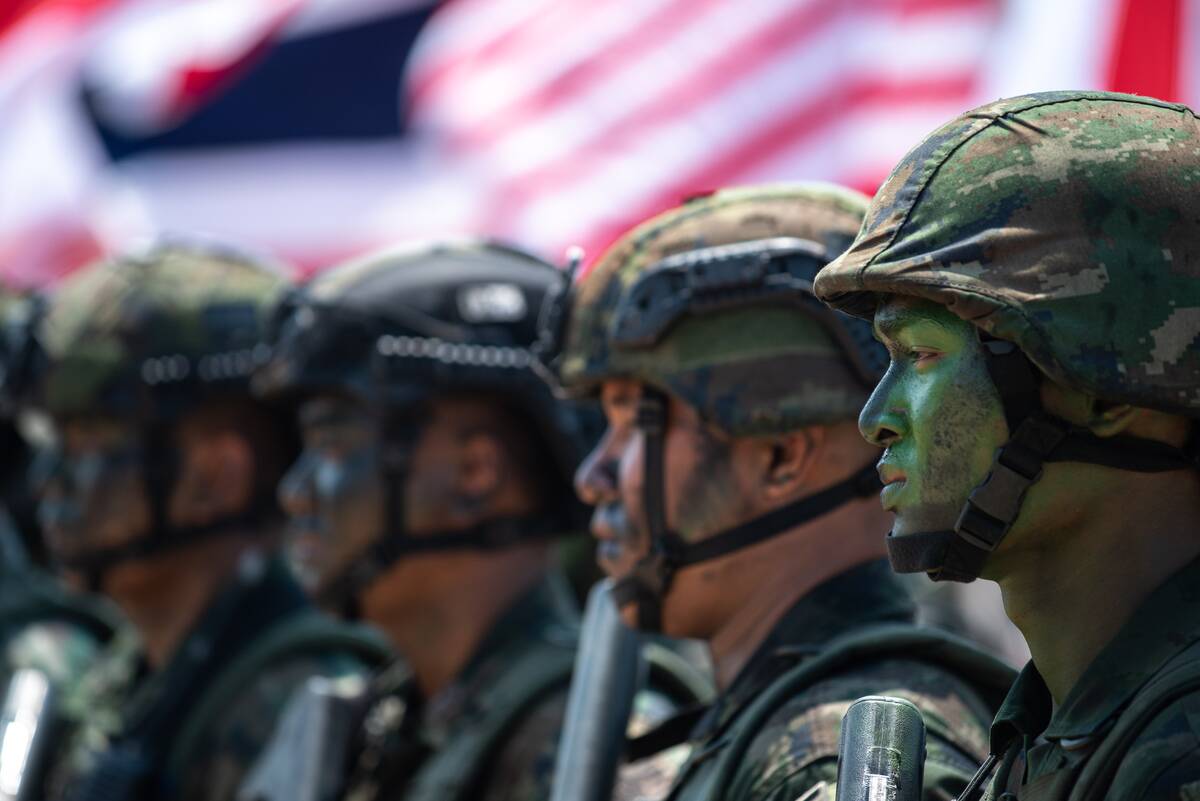
Thailand has experienced democracy in fits and starts throughout the 20th and 21st centuries, but these periods have often been interrupted by military coups.
The country’s last fully democratic government was overthrown by one of these coups in 2014. While elections were held in 2019 and 2023, the military-backed establishment has maintained control by limiting genuine democratic governance.
Egypt
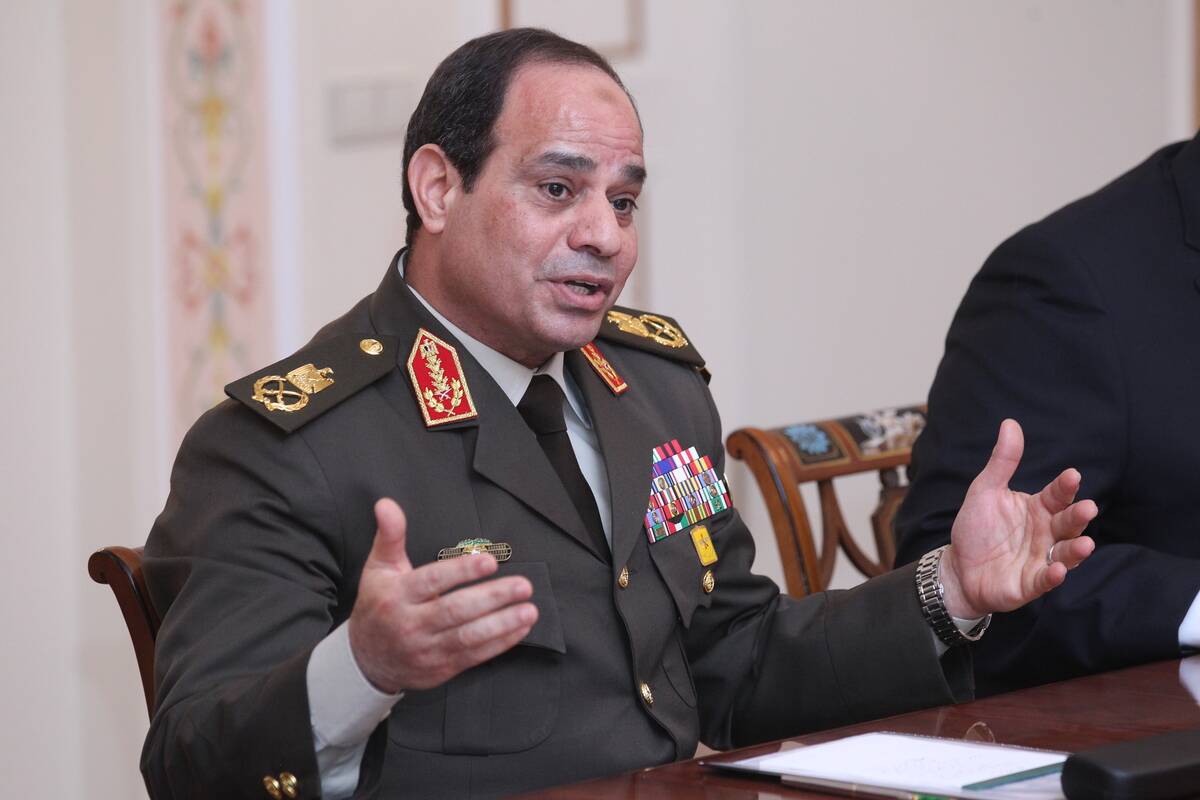
Egypt welcomed a new age of democracy following the 2011 Arab Spring movement that elected Mohamed Morsi in a free and fair election.
However, just two years later, a military coup led by Abdel Fattah el-Sisi overthrew Morsi, cracked down on dissent, and quickly established a military-backed authoritarian regime.
Philippines

After the fall of dictator Ferdinand Marcos in 1986, the Philippines was seen as one of Asia’s strongest democracies. This period dwindled under Rodrigo Duterte’s reign between 2016 and 2022.
Duterte cracked down on the press, undermined judicial independence, and introduced a “war on narcotics” that resulted in extrajudicial killings. However, there is hope for the Philippines, as Duterte is now in the custody of the International Criminal Court.
Ethiopia
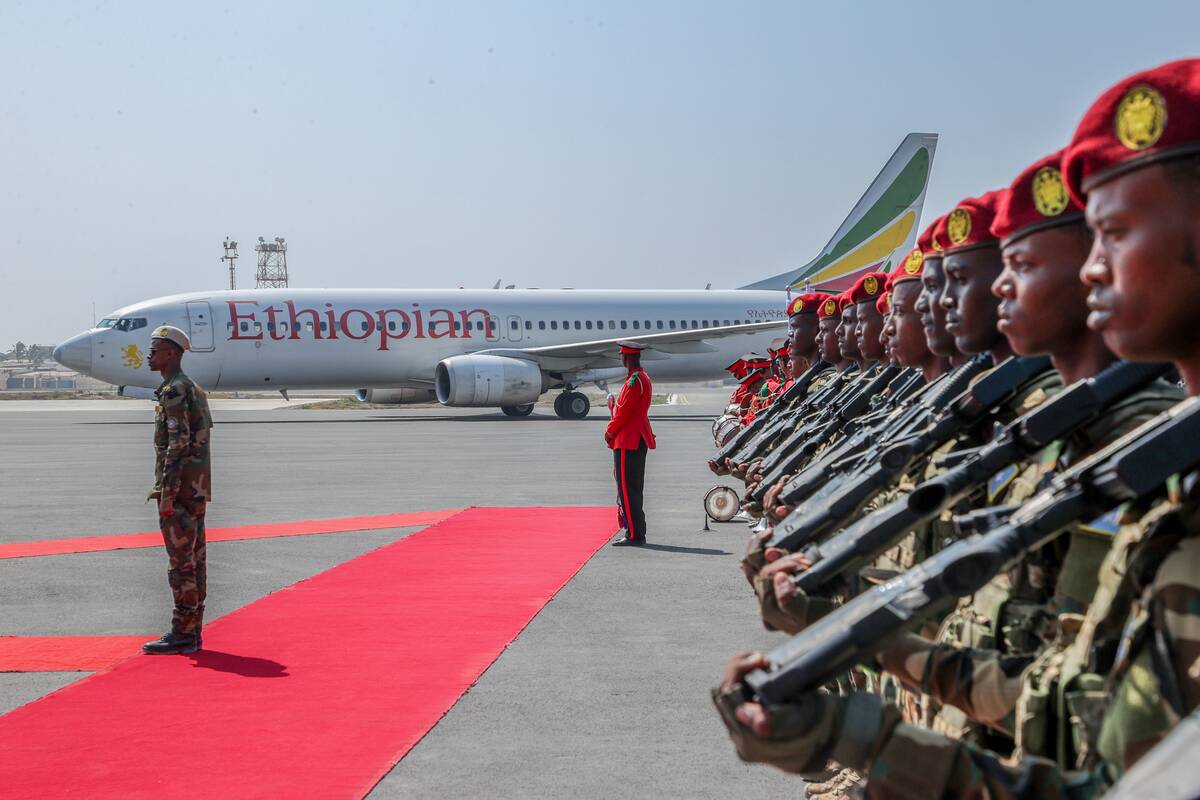
Ethiopia very briefly had potential has a democracy after Abiy Ahmed was elected prime minister in 2018 and promptly initiated political reforms.
But after a brutal civil war in Ethiopia’s Tigray region, mass arrests of opposition figures and an increase in authoritarian control have been the norm.
Hong Kong
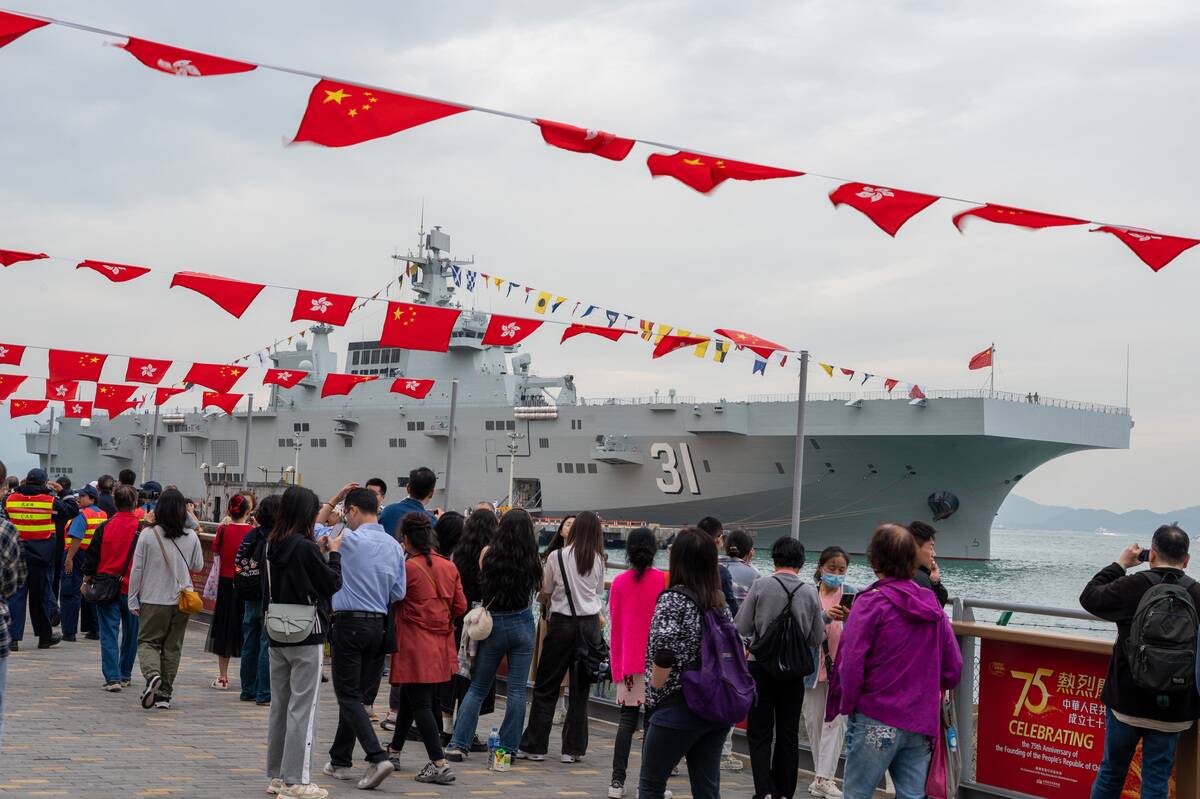
A truly unique case, Hong Kong was not a fully independent country following the end of British rule in 1997, but did enjoy a “one country, two systems” arrangement with China for more than two decades.
China’s National Security Law, introduced in 2020, worked to crush political opposition in Hong Kong, and free speech has been drastically curtailed.
Pakistan

Pakistan has fluctuated between democracy and military rule ever since gaining independence in 1947, with democratic civilian governments being overthrown by coups.
A period of democratic governance was in place in the 2000s and 2010s, but the military worked behind the scenes to gradually manipulate elections and suppress opposition. This culminated with the overthrow of Prime Minister Imran Khan in 2022.
Bangladesh

During the 1990s and early 2000s, Bangladesh was a multi-party democracy, but the election of Prime Minister Sheikh Hasina led to a system of rigged elections and jailed dissenters.
Bangladesh is technically a democracy, as it still holds elections, but most of the international community regards it as an authoritarian regime.
Peru
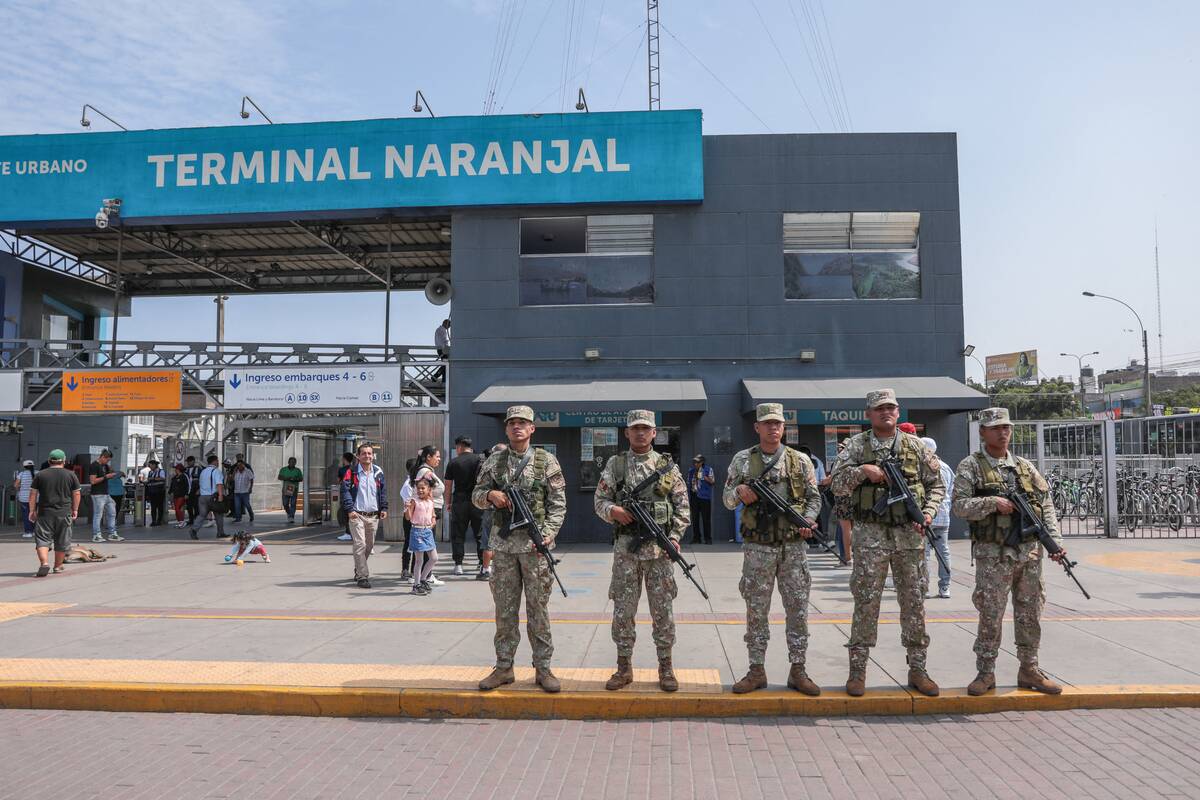
Following the fall of Alberto Fujimori in 2000, Peru was a functioning democracy — a status it wouldn’t enjoy for long.
A combination of political instability, corruption scandals, and presidential impeachments worked to weaken democratic institutions. While elections continue, Peru’s democracy is fragile and increasingly repressive.
Tunisia
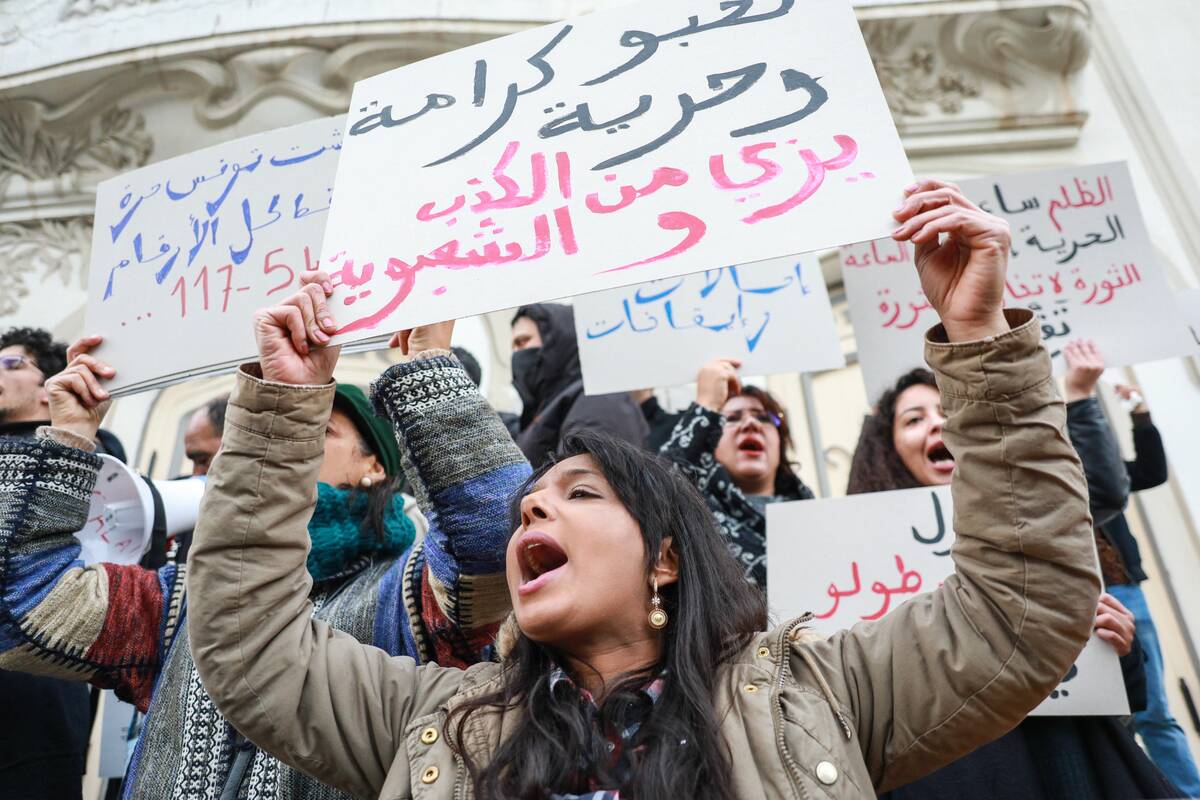
One of the success stories of the 2011 Arab Spring, Tunisia was able to transition to democracy in 2011.
A decade later, in 2021, President Kais Saied moved to suspend parliament, consolidate power, and begin ruling by decree. Ever since, opposition voices have been silenced.
Sudan
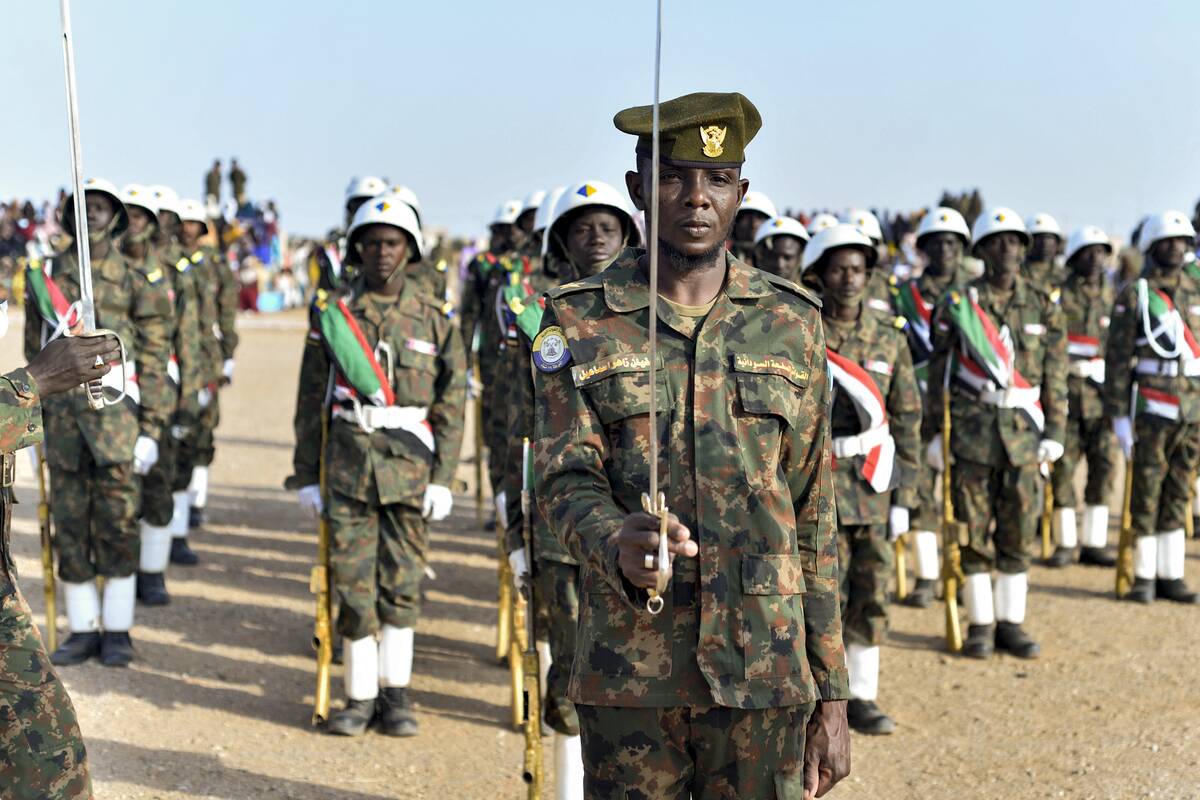
Sudan had a civilian-led, technically democratic government in place following the ousting of dictator Omar al-Bashir in 2019.
In 2021, a military coup put an end to this, which plunged the country into a state of turmoil. Sudan remains in this uncomfortable position, with little progress toward restoring democracy.
Bolivia
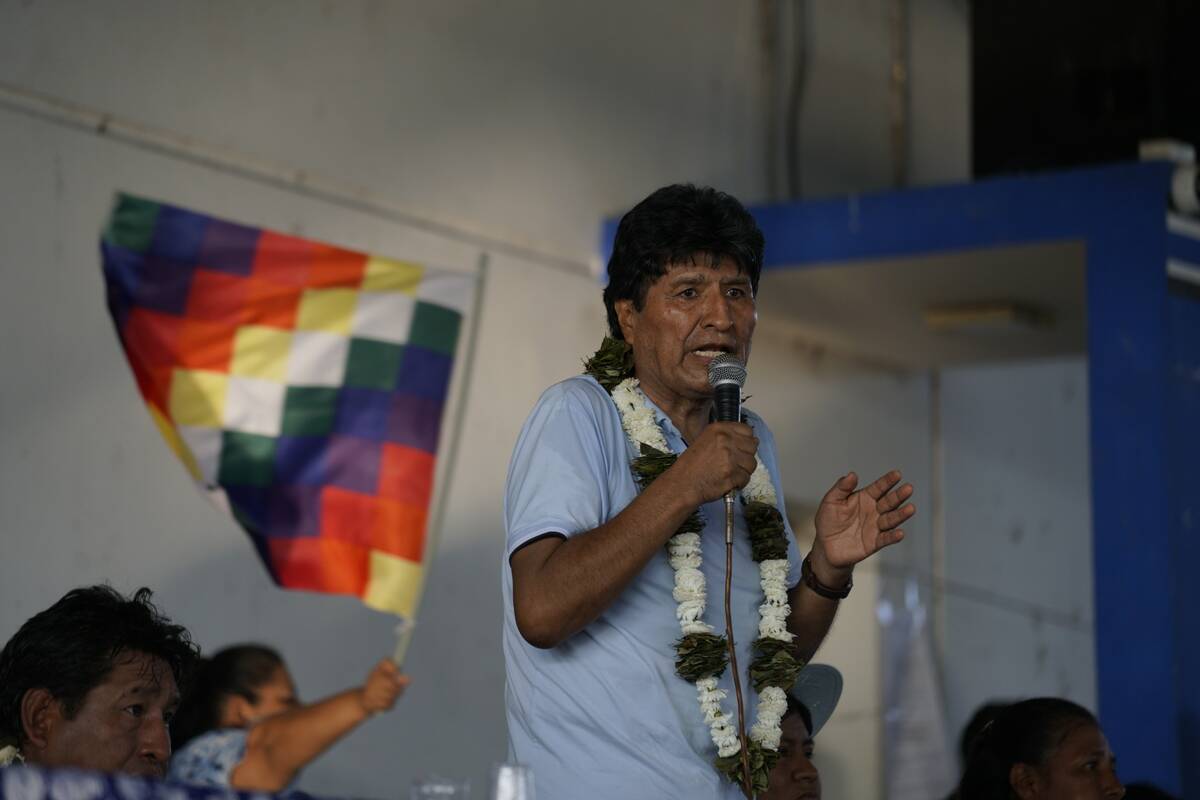
Bolivia was not just a democracy, but a stable democracy, for much of the early 21st century. However, after Evo Morales controversially extended his presidency beyond constitutional limits, the country was thrown into a state of turmoil.
Morales resigned in 2019 after widespread protests, then regained power the following year. This uncertainty and political polarization has raised serious doubts about Bolivia’s democratic health.
Serbia
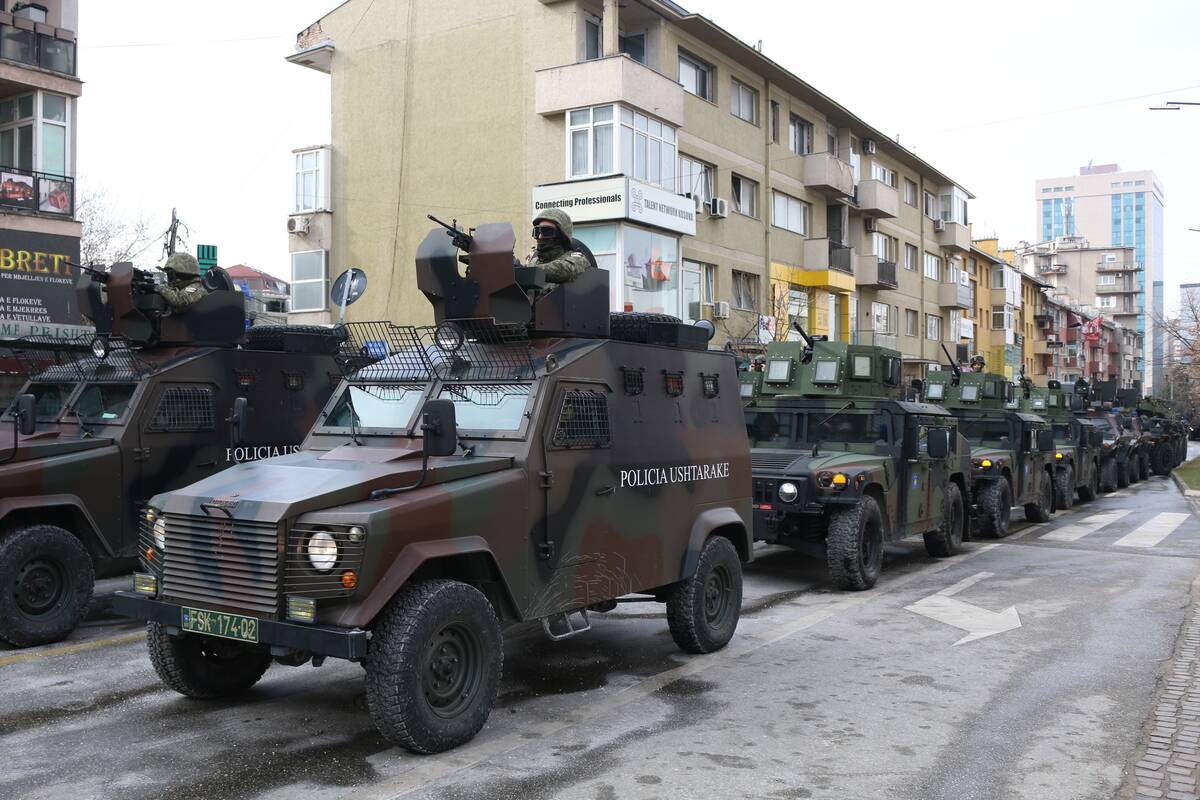
After the fall of Slobodan Milošević in 2000, Serbia appeared to be on a path toward democratic consolidation.
However, President Aleksandar Vučić has pushed things in the opposite direction, weakening demcoratic institutions, curtailing freedom of the press, and threatening opposition parties with government suppression.
Malaysia
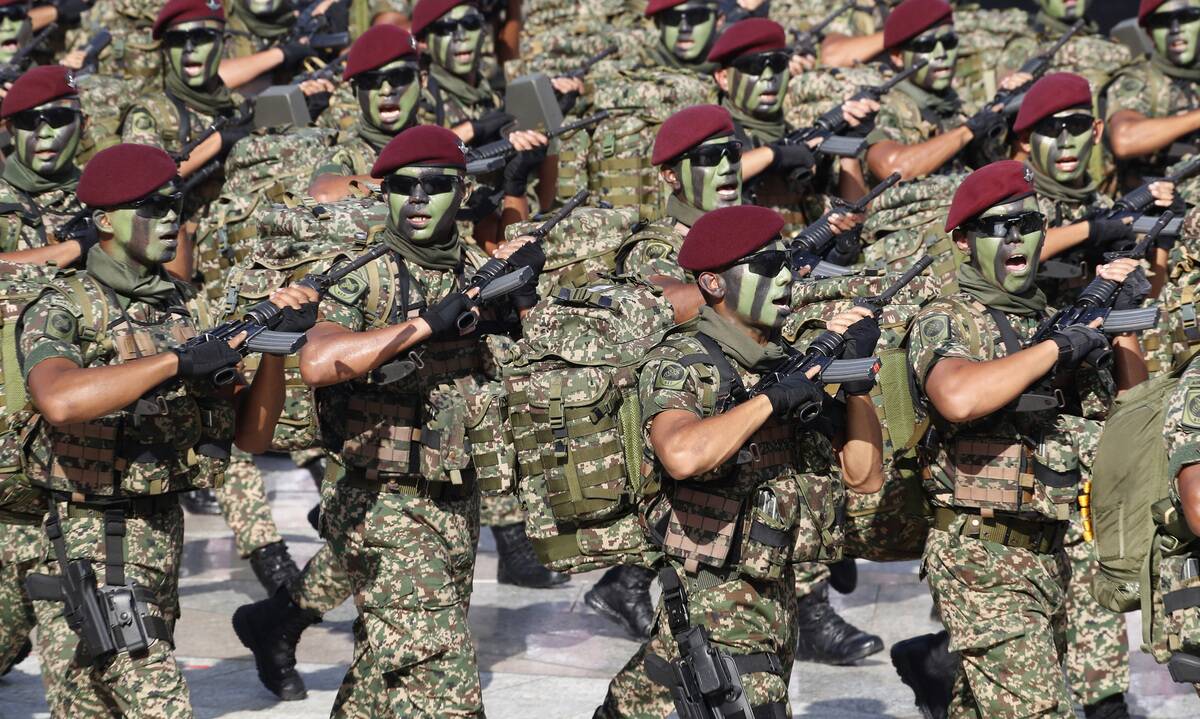
Malaysia was a functioning multi-party democracy for decades, with peaceful transitions of power.
But in recent years, its democracy has been weakened significantly due to political instability, corruption, and power consolidation. An opposition party briefly won power in 2018, breaking years of single-party rule, but internal conflicts led to the return of authoritarian-leaning leaders.
Russia

Following the collapse of the Soviet Union in 1991, Russia briefly adopted democratic institutions and market reforms under President Boris Yeltsin.
However, following Vladimir Putin taking the country’s top job in 2000, democracy has gradually but steadily eroded away. Manipulated elections, suppressed social opposition, and state-run media ensured that Russia eventually became known as an authoritarian state.




